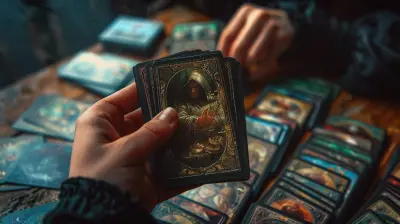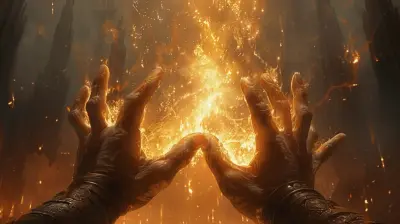Retro Arcade Cabinets: Why They Still Hold Their Value
9 May 2025
If you’ve ever stepped into a retro arcade or caught sight of an old-school Pac-Man machine, you’ve probably felt it: that nostalgic jolt that takes you back to simpler times. Retro arcade cabinets aren’t just hunks of wood and wires with a CRT screen slapped on; they’re cultural time capsules. These machines have stood the test of time, not just as relics of a bygone era, but as valuable collectibles, investments, and even functional décor.
But why do these nostalgic machines still hold their value in today’s age of 4K gaming consoles and virtual reality headsets? Let’s dive into what makes retro arcade cabinets so special, so loved, and—most importantly—why they’re still worth the big bucks.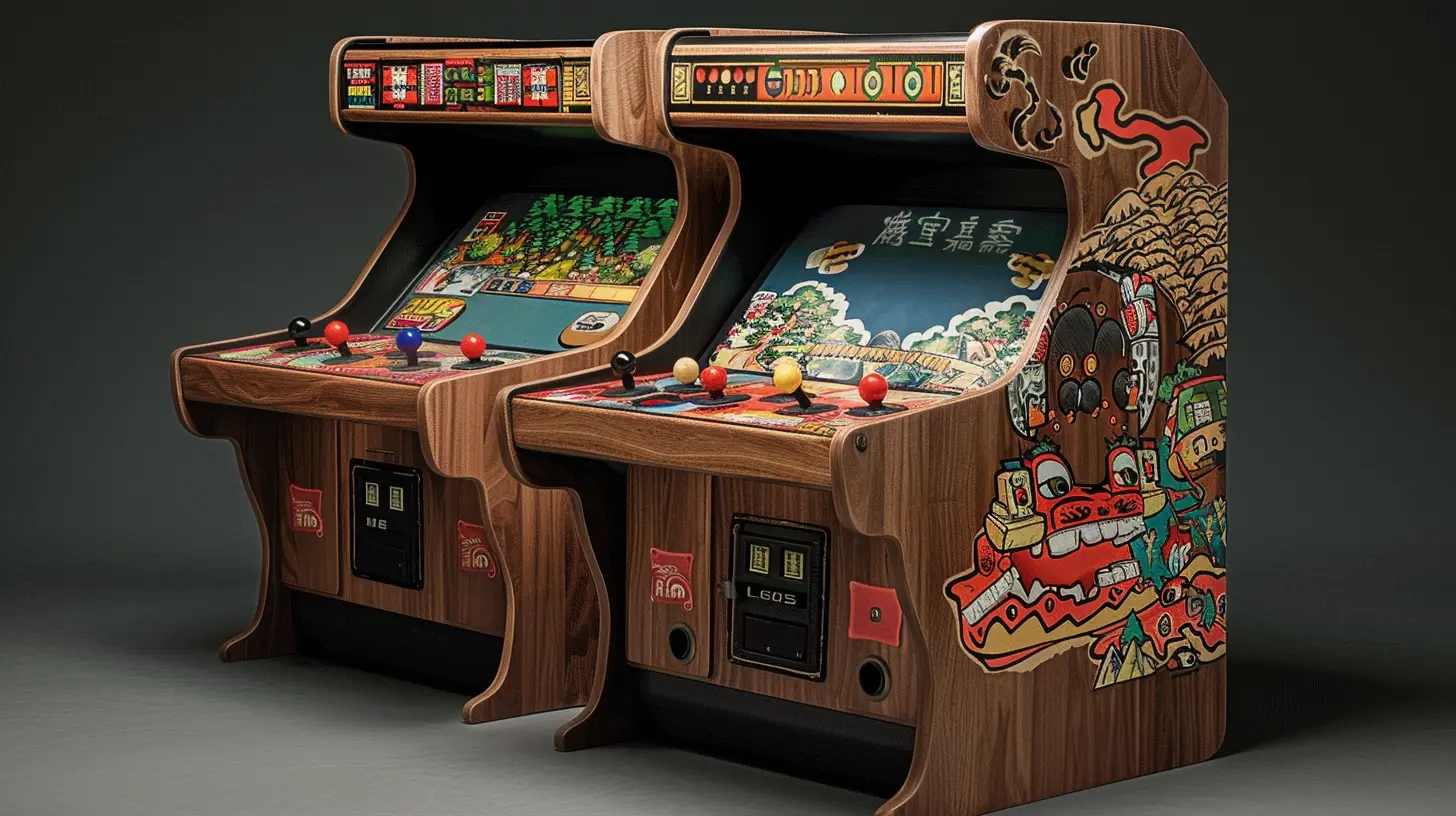
The Nostalgia Factor: A Trip Down Memory Lane
Let’s face it: nostalgia sells. Whether it’s vinyl records, Polaroid cameras, or retro arcade cabinets, people will pay top dollar to relive the “good old days.” For many, these machines represent childhood memories—long summer afternoons spent at the mall arcade with friends, pockets jingling with quarters, chasing high scores.Retro arcade cabinets are like time machines. The second you hear the 8-bit theme of Donkey Kong or the “waka waka” of Pac-Man, you’re transported back. It’s not just about playing a game; it’s about reliving an experience. And for collectors, that nostalgic pull is priceless.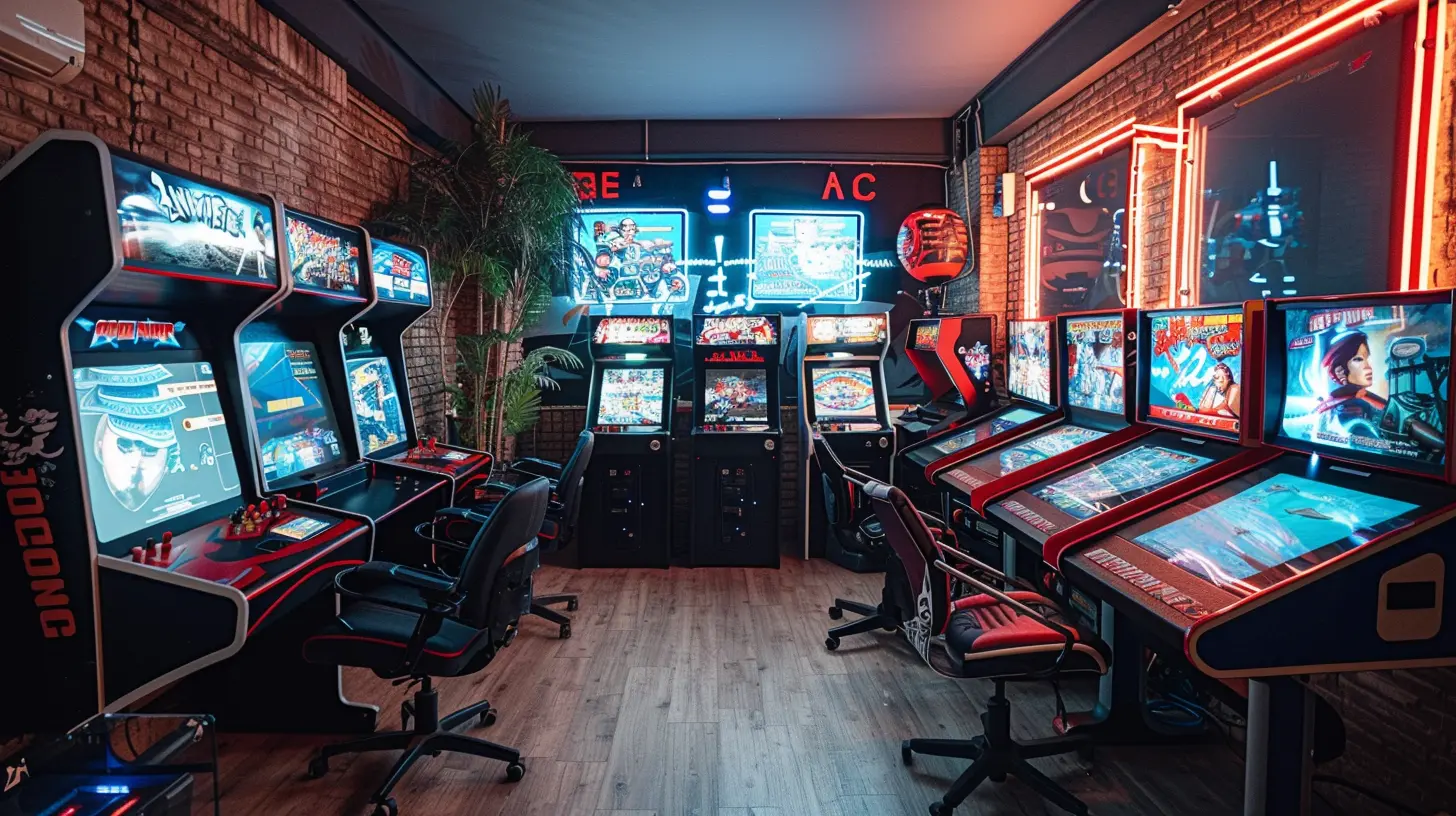
Limited Supply, Growing Demand
Here’s the thing: they don’t make ‘em like they used to. Literally. The production of classic arcade cabinets slowed down significantly in the late '80s and early '90s as home consoles gained popularity. What’s left today is a finite number of original cabinets, and as any economics textbook will tell you, limited supply + growing demand = value.Modern retro-themed arcade cabinets (like the ones from Arcade1Up) are cool and all, but purists will always covet the originals. It’s like owning a reprint of a famous painting versus the real deal. When you’ve got an authentic cabinet, complete with wear-and-tear from decades of use, it feels like holding a piece of gaming history.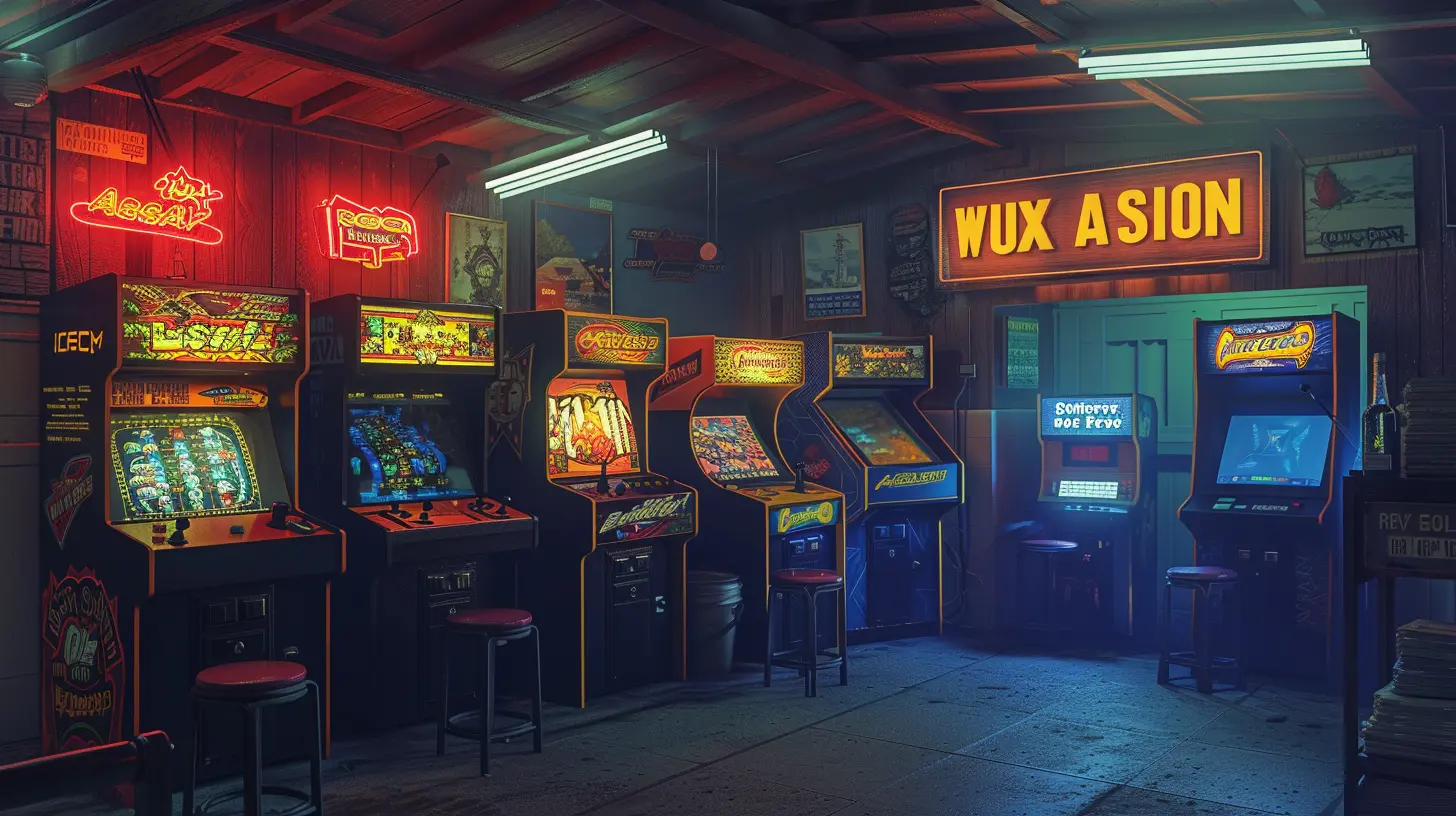
The Collector's Scene: A Growing Community
Have you noticed how collectors have a knack for making everything more expensive? Whether it’s sneakers, comic books, vinyl records, or Pokémon cards, there’s always a passionate group of enthusiasts driving up the market. The same goes for retro arcade cabinets.Collectors don’t just buy cabinets—they restore them, preserve them, and sometimes even convert entire rooms into mini-arcades. There’s a whole community out there sharing tips on repairs, trading rare machines, or just showing off their prized possessions. This sense of community fuels the market, with collectors willing to pay top dollar for a cabinet they’ve been hunting for years.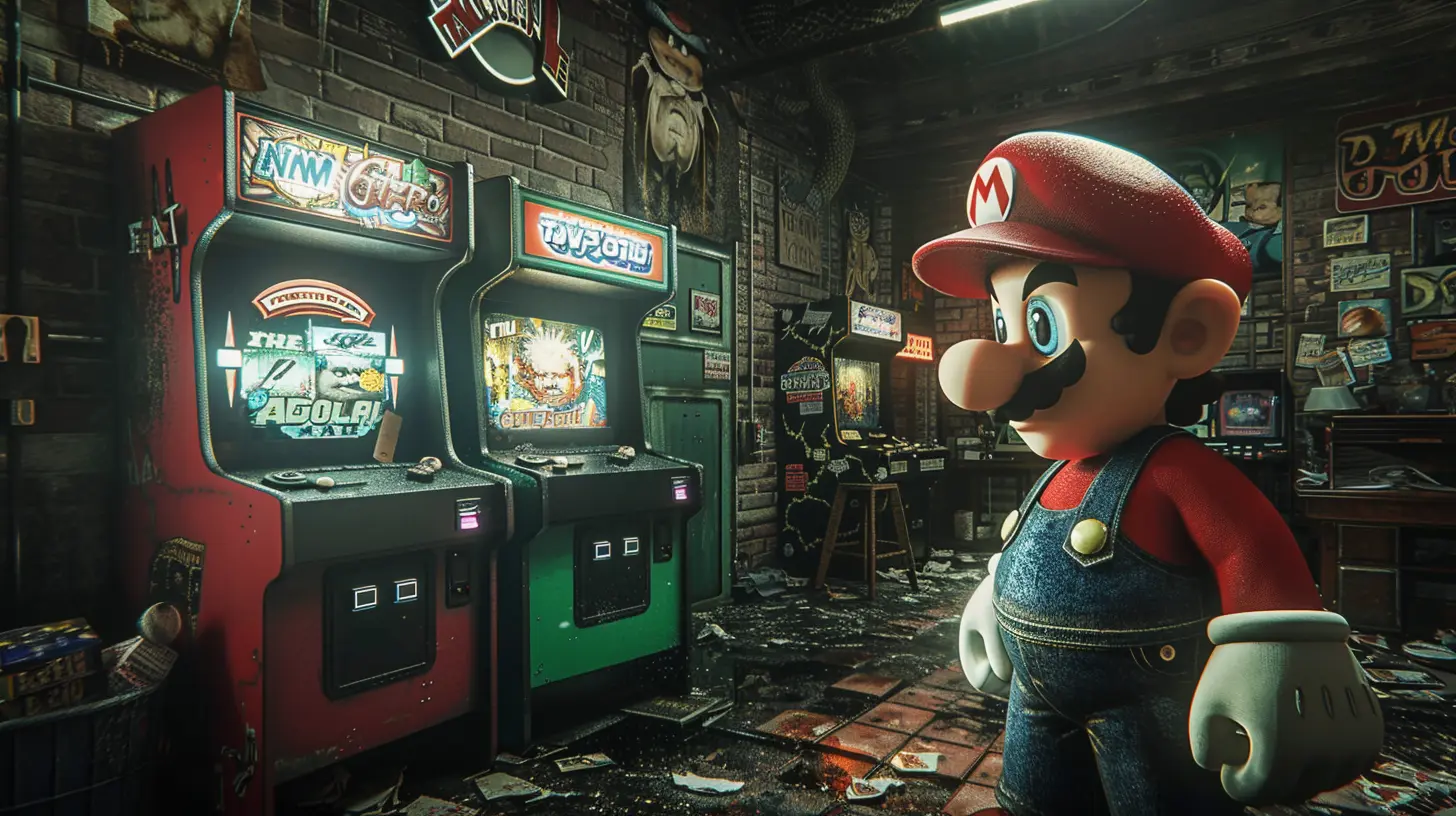
Built to Last: The Quality of the Classics
Ever notice how modern electronics seem to have built-in expiration dates? (Looking at you, smartphone batteries.) Retro arcade cabinets, on the other hand, were built like tanks. These machines had to withstand constant abuse—sticky fingers, spilled sodas, and hours of high-intensity button mashing.Many of these cabinets are still in working condition, even decades later. Sure, some might need a little TLC, like a CRT monitor adjustment or button replacement, but the fact that they’re still kicking after 30+ years says a lot about their durability. Owning one feels like you're holding onto a piece of craftsmanship from a bygone era.
A Unique Gaming Experience
There’s just something about standing in front of a retro arcade cabinet that no console or PC can replicate. It’s a full-body experience. You’re not lounging on the couch or hunched over a keyboard—you’re up on your feet, gripping the joystick, slamming the buttons, and fully immersed.Plus, the social aspect is a huge part of the appeal. Back in the day, arcade gaming wasn’t a solitary activity. You’d battle it out with a buddy on Street Fighter II or take turns trying to best each other’s high scores on Galaga. Owning a retro arcade cabinet lets you recreate that communal vibe at home. It’s like hosting a party where the main event is time travel.
The Investment Angle: More Than Just a Hobby
Sure, some people buy retro arcade cabinets purely for the love of gaming. But let’s not ignore the fact that these machines can be solid investments. Some rare cabinets, like a fully functional “Polybius” (if it even exists) or an original “Dragon’s Lair,” can sell for tens of thousands of dollars. Even more common titles can fetch impressive prices if they’re in good condition.And the best part? As time goes on, these cabinets become even rarer. It’s like investing in fine wine—you just know the value is going to climb. But unlike wine, you don’t have to let it sit in a cellar; you can actually use it and enjoy it while its value appreciates.
Retro Arcade Cabinets as Décor
Let’s talk aesthetics for a minute. A retro arcade cabinet isn’t just a game; it’s a piece of art. The bold, colorful side panels, the flashy marquees, and those iconic button layouts—they’re visually stunning. Placing a retro cabinet in your home is like putting a statement piece in your living room. It’s a conversation starter, a slice of history, and a functional piece of décor all rolled into one.For those creating game rooms or man caves, a retro arcade cabinet is often the centerpiece. Even people who aren’t hardcore gamers can’t help but admire the charm and craftsmanship behind these machines.
The Rise of Retro Gaming Culture
Retro gaming isn’t just a niche anymore—it’s a full-blown cultural movement. From retro-themed barcades to vintage-inspired indie games, it’s clear that the pixelated charm of yesteryear has struck a chord with modern audiences. Older gamers want to revisit their favorites, while younger gamers are curious to see where it all started.This renewed cultural appreciation keeps retro arcade cabinets relevant. When something becomes a cultural phenomenon, its value tends to stick around. Just look at how vinyl records made a comeback—retro arcade cabinets are following the same trend.
Challenges of Owning a Retro Arcade Cabinet
Of course, it’s not all sunshine and rainbows. Owning a retro arcade cabinet comes with its fair share of challenges. These machines are heavy (seriously, moving one is like wrangling a small elephant), and sourcing replacement parts for older models can be a scavenger hunt.Then there’s the maintenance. CRT monitors burn out, joysticks get worn, and boards can short-circuit. It’s not a set-it-and-forget-it type of collectible. But for many owners, the upkeep is part of the charm. There’s something deeply satisfying about cracking open a cabinet, tinkering with its guts, and bringing it back to life.
Final Thoughts: Why Retro Arcade Cabinets Will Always Hold Their Value
At the end of the day, retro arcade cabinets are more than just games—they’re slices of history, gateways to nostalgia, and investments in culture. They combine rarity, craftsmanship, and emotional appeal, making them coveted by gamers and collectors alike.Whether you’re buying one to relive your childhood, show off your high scores, or just to add a touch of vintage charm to your home, there’s no denying their staying power. And as long as there are people who smile at the pixelated brilliance of Space Invaders or hum the theme of Ms. Pac-Man, these machines will continue to hold their value—both monetarily and sentimentally.
all images in this post were generated using AI tools
Category:
Retro GamesAuthor:

Madeleine McCaffrey
Discussion
rate this article
4 comments
Ivy Mercado
Retro arcade cabinets are more than just nostalgic treasures; they represent a timeless passion for gaming! Their enduring value underscores the joy they bring, reminding us that great experiences never fade, no matter how much time passes.
May 18, 2025 at 2:45 AM

Madeleine McCaffrey
Absolutely! Retro arcade cabinets embody the essence of gaming nostalgia, offering timeless joy and a unique connection to the past that continues to resonate with enthusiasts.
Azriel Jackson
Retro arcade cabinets embody nostalgia and craftsmanship, making them timeless collectibles. Their unique blend of vintage charm and gaming history resonates with enthusiasts, preserving their value. As technology evolves, these classics remind us of simpler times, highlighting the enduring appeal of authentic gaming experiences.
May 16, 2025 at 5:12 PM

Madeleine McCaffrey
Thank you for your insightful comment! Retro arcade cabinets truly capture the essence of gaming history and nostalgia, making them cherished collectibles that continue to resonate with enthusiasts.
Milena Butler
The enduring value of retro arcade cabinets lies in their blend of nostalgia and craftsmanship. They evoke cherished memories while serving as tangible pieces of gaming history. However, their preservation hinges on balancing authenticity with modern enhancements to attract new enthusiasts.
May 14, 2025 at 2:50 PM

Madeleine McCaffrey
I appreciate your insight! The blend of nostalgia and craftsmanship indeed makes retro arcade cabinets special, and finding the right balance between authenticity and modern enhancements is key to keeping them relevant and appealing to new gamers.
Jet Frye
Timeless nostalgia fuels their appeal!
May 10, 2025 at 3:50 AM

Madeleine McCaffrey
Absolutely! The nostalgia for retro arcade cabinets taps into cherished memories, making them not just collectibles, but also treasured pieces of gaming history.

